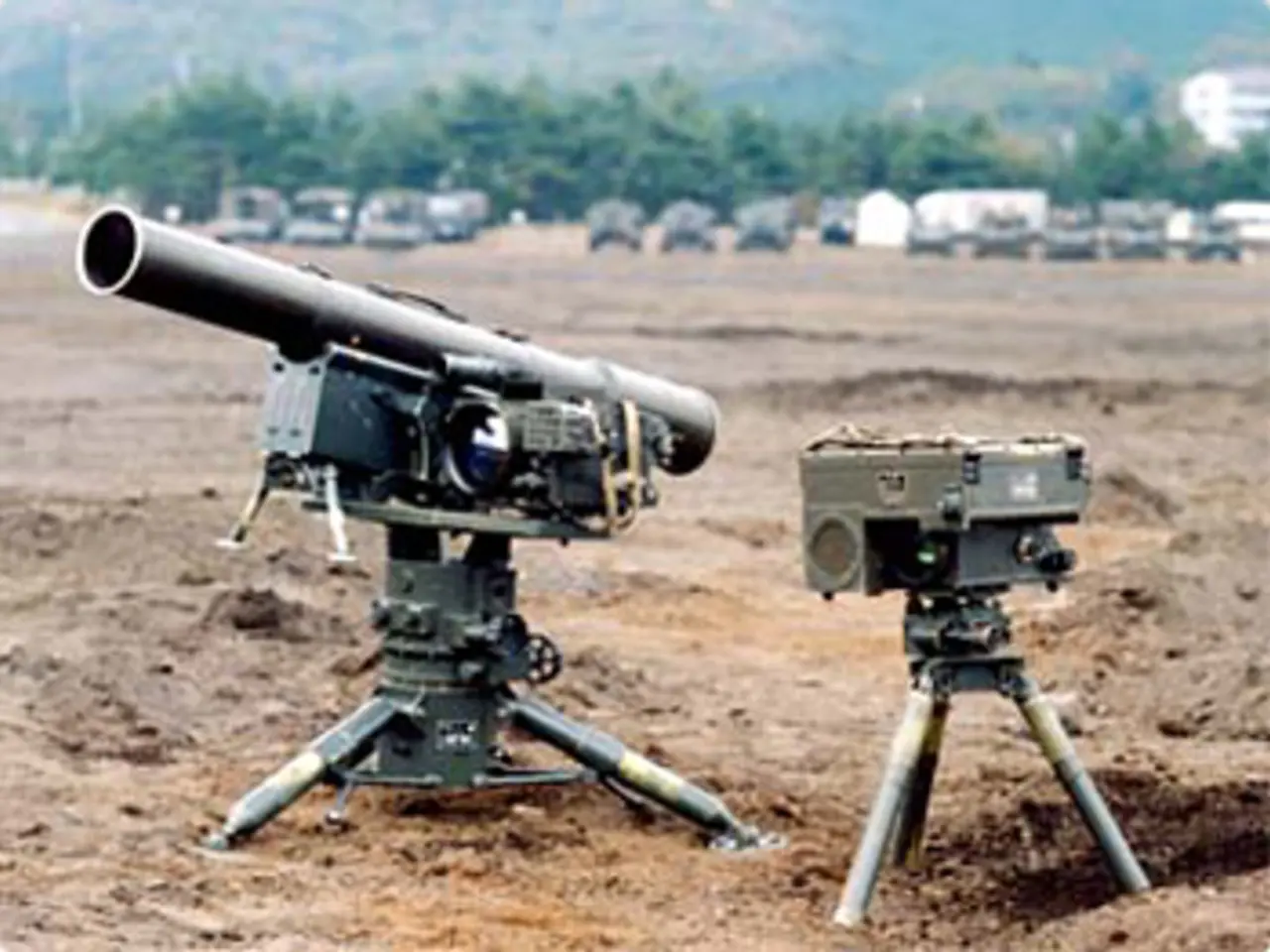Russian advance on Kharkov and Dnepropetrovsk could become possible following Ukrainian troop withdrawal from the Donetsk region, according to ISW.
President Donald Trump has announced a planned meeting with Russian leader Vladimir Putin in Alaska on August 15, 2025, amidst ongoing discussions about the future of Ukraine and potential ceasefire agreements. As the geopolitical landscape shifts, analysts are warning that a Ukrainian withdrawal from the Donetsk region could have significant strategic consequences.
If Ukraine were to withdraw from the Donetsk region, it would degrade its defensive capabilities and defense industrial base. The "fortress belt," a 50-kilometer-long defensive line in the Donetsk region, has resisted Russian advances since 2022. This fortress belt contains key industrial regions crucial for Ukraine's military production capacity. By ceding control, Ukraine would put these vital assets at risk.
Moreover, such a withdrawal would put hundreds of thousands of Ukrainian civilians under Russian occupation, raising humanitarian and political challenges. The fortified line, complete with trenches, bunkers, anti-tank ditches, minefields, and natural defensive features such as rivers and dominant heights, would provide Russia with a significant advantage in future offensives. Losing this line would shift the front westward by approximately 80 kilometers, presenting Russia with open terrain leading directly to critical Ukrainian cities like Kharkiv, Poltava, and Dnipro (Dnipropetrovsk region).
Russia would also benefit from a more advantageous position to supply and stage forces for attacks towards Kharkiv and Dnipropetrovsk. The expanded open ground would provide Russia more favorable conditions for mechanized and combined arms offensives compared to the more contested frontlines currently in place. Analysts have highlighted that Russia plans to intensify offensives in eastern sectors, potentially reallocating troops to key directions such as Pokrovsk near Donetsk, which supports deeper incursions.
If hostilities resume, Ukraine would face an uphill battle to retake the lost territory, given that Russian forces would have a significant advantage in numbers and strategic positioning. The natural openness of the terrain in Donetsk borders also complicates establishing a strong defensive line.
Analysts warn that accepting such a demand would force Ukraine to abandon its "fortress belt" without any guarantee that hostilities will not resume. Russian forces have not been able to capture the "fortress belt" in 3.5 years of full-scale war, and an operation to do so "likely would be multi-year with significant personnel and material losses."
The Institute for the Study of War (ISW) predicts that if Ukrainian forces withdraw from the Donetsk region, Russian forces will gain control of the "fortress belt," the main fortified defensive line in the Donetsk region since 2014. The ISW report warns that surrendering the remaining part of the Donetsk region as a precondition for a ceasefire without commitments for a final peaceful resolution would be detrimental to Ukraine's defense efforts.
In summary, Ukrainian withdrawal from Donetsk would likely degrade Ukraine’s defensive posture and give Russia a springboard for future offensives into eastern and central Ukraine, including Kharkiv and Dnipropetrovsk regions. The strategic depth and industrial assets ceded would significantly improve Russian offensive capabilities unless compensated by international security arrangements and peacekeeping deployments.
The withdrawal of Ukraine from the Donetsk region may lead to a considerable loss of strategic assets, as the fortress belt, key for Ukraine's military production capacity, would be at risk upon ceding control. Additionally, such a move could result in a humanitarian crisis, as hundreds of thousands of Ukrainian civilians might find themselves under Russian occupation.







